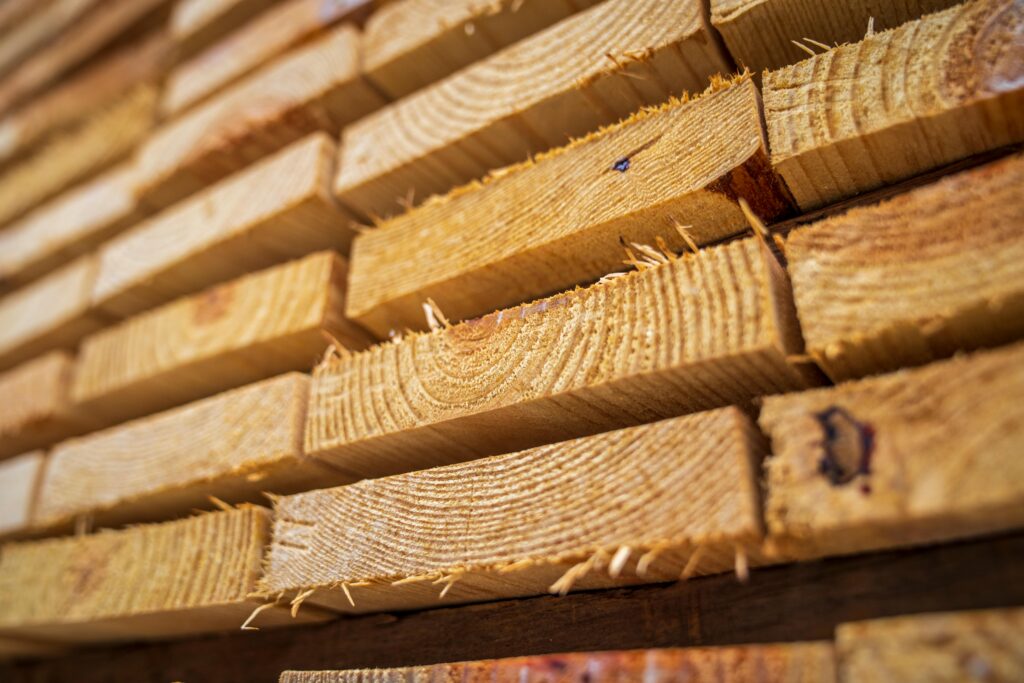
- Lifespan (Durability & Stability):
- Natural Durability: Resistance to rot, insects, and decay. Dense hardwoods like Black Walnut or White Oak naturally last decades or centuries, especially their heartwood.
- Dimensional Stability: How much the wood moves (swells/shrinks) with humidity changes. Stable woods like Cherry or quarter-sawn White Oak minimize warping and cracking, crucial for furniture and joinery.
- Janka Hardness: Measures resistance to denting and wear. Higher Janka woods (e.g., Hickory, Hard Maple) are ideal for high-use items like cutting boards and floors.
- Workability (Ease of Crafting):
- Ease of Cutting & Shaping: How well it works with hand tools (planes, chisels, saws) and power tools. Softer woods like Basswood carve beautifully; Cherry is renowned for its smooth planing.
- Sanding & Finishing: Does it sand smoothly? Does it accept stains and finishes evenly? Closed-grain woods like Maple and Cherry provide a glass-like finish.
- Grain Behavior: Straight, predictable grain (e.g., Ash, Maple) is generally easier than interlocked or irregular grain (e.g., some exotic hardwoods). Figured wood (curly, birdseye, burl) is stunning but can be challenging to work.
- Scarcity & Sustainability:
- Availability: Common domestic woods like Maple, Cherry, and Red Oak are readily available. Others like American Chestnut are functionally extinct.
- Cost: Scarcity directly impacts price. Common woods are affordable; rare exotic woods or large, clear walnut slabs command premiums.
- Ethical Sourcing: Critical for endangered wood species (e.g., some Rosewoods, Ebony). Look for FSC-certified wood suppliers, reclaimed lumber, or sustainable alternatives. Urban lumber (salvaged from city trees) is a growing, eco-conscious source.
